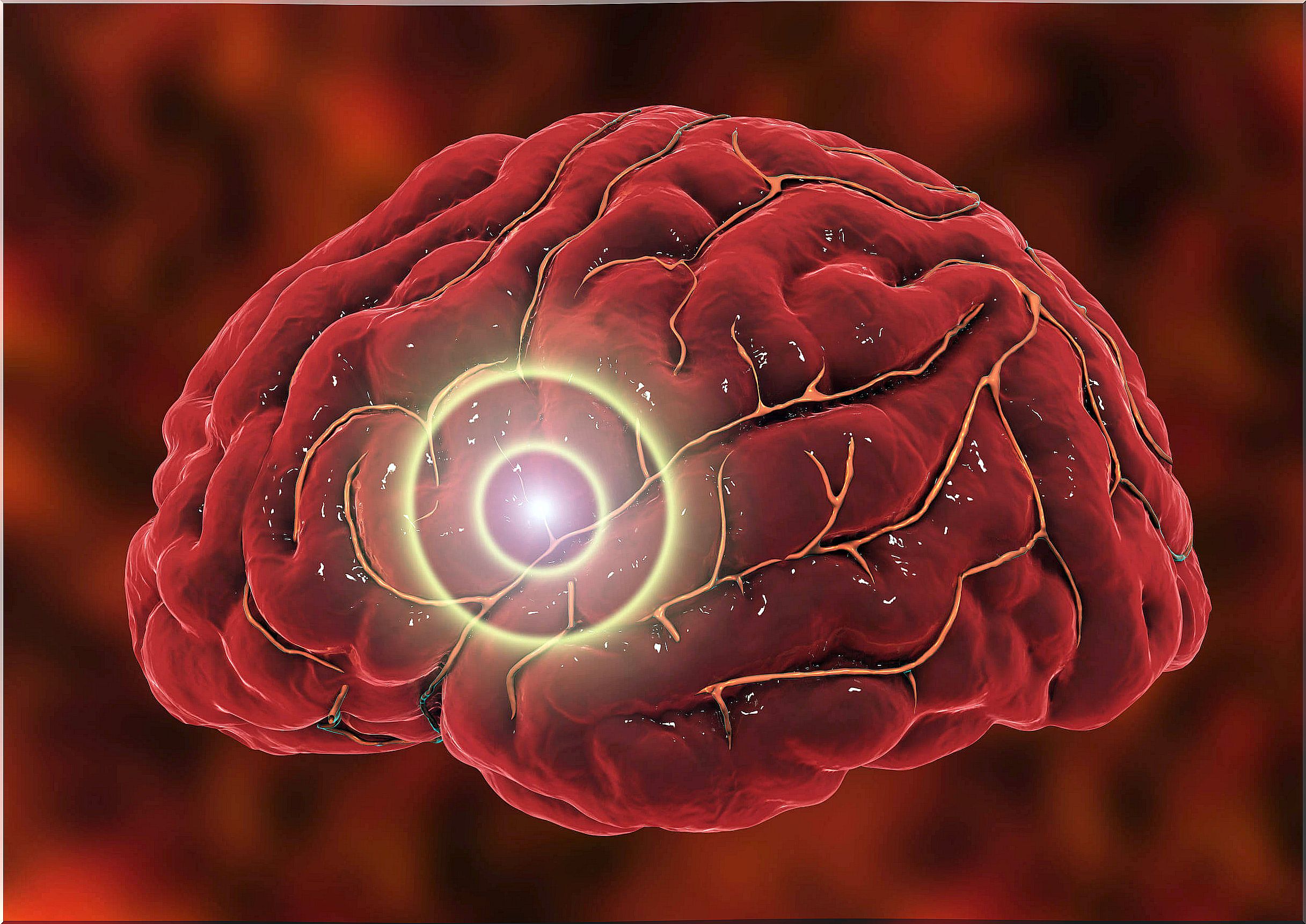Lorazepam: What It Is And How It Works
Lorazepam is a drug from the group of benzodiazepines (BZD) used to combat anxiety and nervousness. Depending on the case, its consumption may be indicated for certain periods of time (short-term treatment) or seasonally (long-term treatment).
Have you ever heard it mentioned or been prescribed for you? If so, it would be convenient for you to know a little more about its mechanism of action and its pharmacological actions, as well as its adverse reactions and its pharmacokinetics. First we have to know what we mean when we talk about anxiety.
What is anxiety?

As experts indicate, anxiety is a natural adaptive mechanism that, when it overflows and affects a person in various ways, can be considered a disorder. They also add that “anxiety disorders are, as a whole, the most common psychiatric illness.”
In other words: in normal situations, anxiety is a component of normal mental activity that participates in defense mechanisms and allows us to adjust to stressful situations. This situation becomes pathological when limits are exceeded, nullifying or hindering adaptation to the stressful situation.
Then, the feeling of anxiety can be described as the experience of a feeling of threat, of tense expectation about the future and of an alteration of the psychosomatic balance in the absence of a real danger.
When under the effects of anxiety, different feelings coexist in the patient such as apprehension, fear or anguish in the face of something “threatening”; a state of irritability and, together, can lead to various symptoms such as the following:
- Fatigue.
- Insomnia.
- Headaches
- Sweating
- Palpitations
What is an anxiolytic drug?
Drugs used to combat anxiety, such as lorazepam, are called anxiolytic drugs . These alleviate or suppress the anxiety syndrome without producing sedation or sleep. It usually happens that, in small doses, they are capable of producing only anxiolysis.
However, as the dose is increased, in some cases the effects of sedation, coma and even death from intoxication may appear.
Mechanism of action of lorazepam
Lorazepam is a short-acting drug for the treatment of anxiety. To achieve its anxiolytic action, this drug has two complementary mechanisms.
Facilitates the transition from GABA
GABA is a neutral transmitter with the ability to inhibit or reduce neuronal activity. Therefore, the binding of lorazempan with the GABA receptor will produce a change in it that will result in a better binding with the neurotransmitter. By enhancing this binding, the inhibitory capacity thereof is improved.
Binding of lorazepam to specific sites of the GABA-BZD receptor complex
This complex has several domains: α1, ß2 and γ2. It is very important to achieve the selectivity of these receptors to separate the hypnotic action from the anxiolytic one. Specifically, for the anxiolytic action, the subreceptor involved is BZ2 (ω2).
Pharmacological actions
Depending on the characteristics of the benzodiazepines, one action or the other can develop, or even both at the same time. Lorazepam has anxiolytic and anticonvulsant actions.
The anxiolytic action is characteristic of the BZ2 receptor, as we have commented before. Binding to this complex triggers actions that decrease anxiety and aggressiveness.
Healthy people versus patients with anxiety
In this case we are talking about, we have to distinguish between healthy people taking lorazepam and patients with anxiety:
- In healthy people, at therapeutic doses, the performance of physical or mental exercises is not altered. At higher doses, it can cause drowsiness, lethargy, ataxia, and muscle weakness. The main drawback is “residual sleep”.
- In patients with anxiety, lorazepam relieves both subjective tension and subjective symptoms. However, it is not very effective in situations of panic, phobias and non-neurotic anxiety.
It can also have effects on aggressiveness and memory, depress the cardiovascular and respiratory system and decrease the ability to speak and express oneself.
Lorazepam Pharmacokinetics

This drug, like the other benzodiazepines, is well absorbed orally. In addition, it is bound to a fairly high degree to plasma proteins. Therefore , care must be taken, since it can interact with other drugs that present these characteristics.
It is also a very fat-soluble drug, a necessary characteristic to be able to cross the blood-brain barrier that protects the brain and trigger its action at the central level.
It is also a molecule that is already oxidized. Therefore, in its metabolism it will only undergo conjugation reactions. This is very useful in geriatric patients, since at this age the functionality of the liver is usually diminished, and by requiring fewer metabolization reactions, patients at this age will eliminate it easily.
Adverse reactions
Adverse effects derive from a long action of lorazepam. The central nervous system is usually affected and reactions such as:
- Paradoxical effects.
- Dysarthria (difficulty speaking).
- Sedation and ataxia (impaired coordination of movements).
- Anterograde amnesia (recent memory is not remembered, but events prior to amnesia are remembered).
- Tolerance-dependence with rebound effect (since treatment with lorazepam should not be stopped abruptly, it should be done gradually).
Therefore, caution must be exercised in people with allergies to benzodiazepines, asthmatics and patients with severe kidney failure. It can also be dangerous for pregnant women, since lorazepam is able to cross the placenta due to its high fat solubility.
Lorazepam should be consumed under medical indication.
In no case should anxiolytic medications (or any other type) be consumed without first consulting with the doctor. In addition, many require a prescription from the professional, because they are not available over the counter.
It is also necessary to always bear in mind that only a health professional can determine whether a person needs to take a certain medication or not. So, if you think you need help, go for a consultation with the professional and follow their instructions. He will know what to do in any case.









